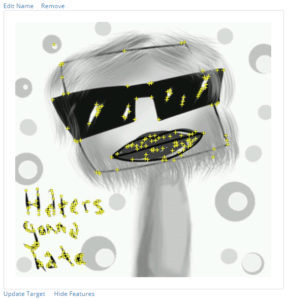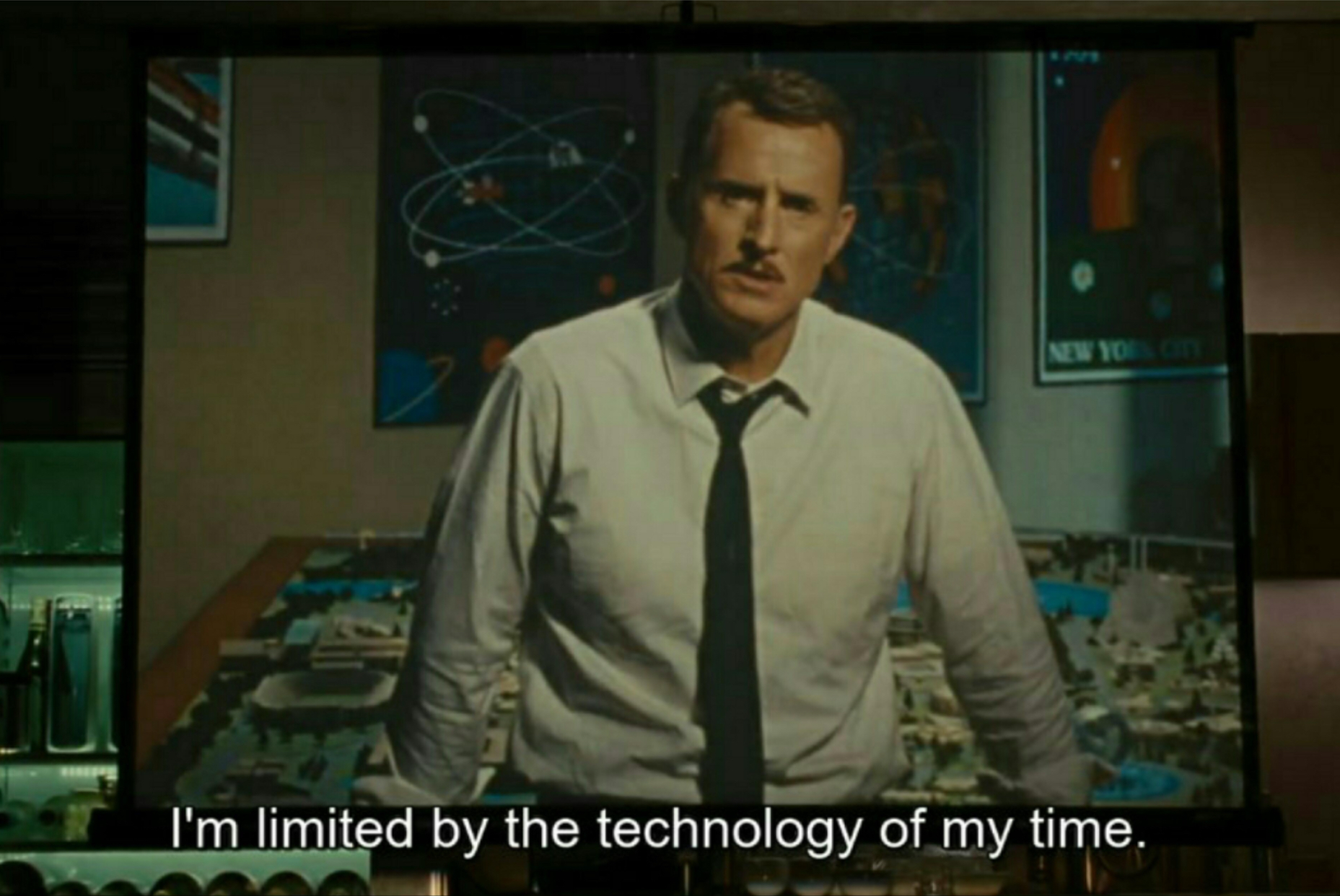In my research for an AR engine to use, I had a set of criteria to help assess how useful an engine would be; I planned on using Unity so compatibility with Unity was important, how much support there was around the engine, and what features the engine had that would be relevant to me.
Firstly, the main feature that I was looking to use was object detection, as previously mentioned in a blog, so finding a library with the ability to do so was the most important factor.
Overall, it came down to a choice between two libraries.
The first option was Vuforia, which is built into unity[1]. There is also a lot of support around vuforia on places like YouTube, and I was able to find high quality videos[2] guiding me on how to implement an object database very quickly, and have the database set up and running inside unity.
The other option was wikitude, which was compatible with unity, and also had support on websites such as youtube.
As there was no clear distinction on which one to use straight away, I decided to familiarise myself with both over the course of a week instead. Over that time I found Vuforia easier to use, and as such decided to use it for my project.
[1]unity/vuforia, 2019, https://unity3d.com/partners/vuforia
[2]Playful technology, How to create an Augmented reality App, 2019, https://youtu.be/MtiUx_szKbI



